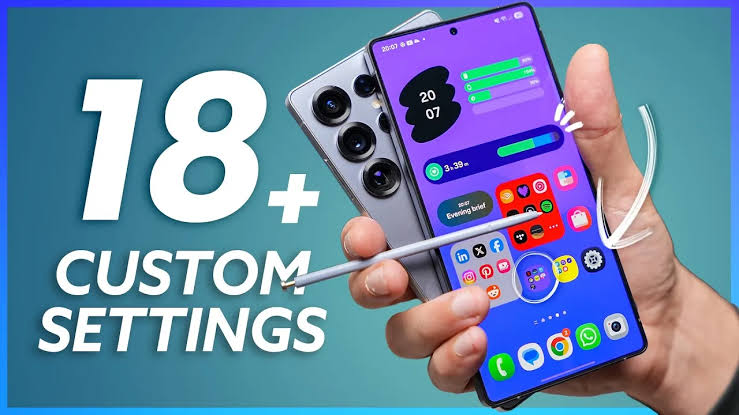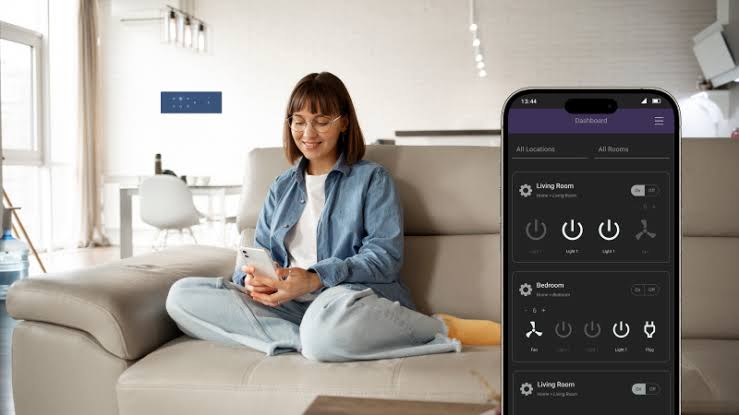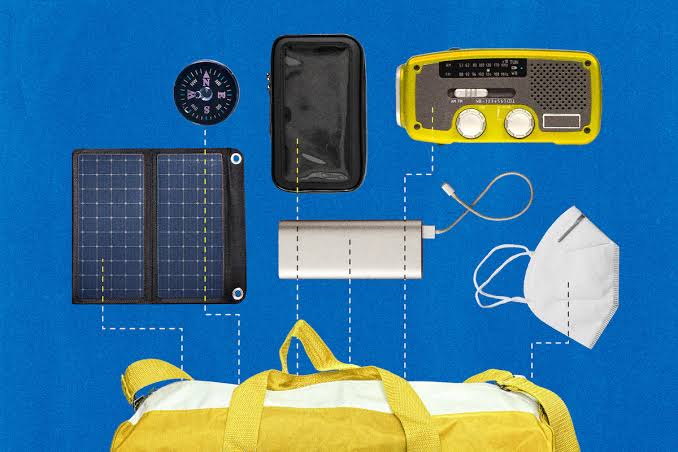In today’s digital world, personalizing gadgets is more than a trend. It shows your style, improves how you use your device, and can protect your privacy. Whether it’s a smartphone, smartwatch, tablet, or laptop, customizing your device has become much easier and more popular.
As of June 2025, manufacturers and developers now offer more advanced tools and features that let users tailor their gadgets to reflect their unique preferences. From hardware modifications to software tweaks, personalizing gadgets has become a key aspect of user satisfaction.
Customizing the Physical Appearance of Your Gadget
One of the most visible forms of personalization involves modifying the physical design of your gadget. This includes custom skins, cases, decals, and even 3D-printed accessories. Brands like Dbrand, Slickwraps, and Casetify continue to lead the market in custom-fit skins that protect devices while offering a unique appearance.
In 2025, more companies have started offering laser-engraved devices straight from the factory. For instance, Apple now allows limited laser personalization on select devices in certain markets, including initials, logos, or custom messages. Meanwhile, users can also explore DIY solutions by applying vinyl wraps, metal finishes, or changing bezels and keycaps, especially for laptops and mechanical keyboards.
Display and Interface Personalization
Customizing the user interface is one of the most personal elements of modern gadget usage. Android users enjoy the freedom to tweak launchers, icon packs, widgets, and animations. Apps like Nova Launcher, Niagara, and Smart Launcher have grown more advanced in 2025, offering dynamic UI layouts, adaptive themes, and even AI-driven home screen organization.
On iOS, Apple has expanded customization features further. Users can now fully redesign app icons, lock screen layouts, and widgets with minimal restrictions. New updates in iOS 19 introduced deeper theme control, making it easier to create a consistent aesthetic throughout your phone.
Beyond phones, smartwatch interfaces like WearOS and watchOS also allow for rich customization of watch faces, complications, and gestures.
Personalized Sound and Notifications
Another major part of gadget personalization lies in sound settings. Custom ringtones, alert tones, and notification patterns allow users to create a more tailored experience. Many users now create their own tones using audio editing apps or download unique sounds from dedicated platforms.
As of 2025, smart devices like the Pixel 9 and Samsung Galaxy S25 include features that use AI to suggest sound themes based on user activity. Smartwatches can now assign different haptic feedback settings depending on the notification type, giving users a more intuitive way to interpret alerts without even looking at the screen.
Additionally, voice assistants like Siri, Google Assistant, and Alexa offer custom voice responses, accents, and even celebrity voice packs, further enhancing personalization.
Creating Personalized User Profiles
Modern gadgets often support multiple user profiles or personalized modes. On Android tablets and Windows laptops, users can create guest accounts or child-safe profiles, ensuring the main user’s data and layout remain untouched.
In 2025, smartphones now offer personalized modes like “Focus Mode,” “Gaming Mode,” or “Sleep Mode,” which adapt notification behavior, screen brightness, and app accessibility. These modes can be customized based on schedules, locations, or biometric triggers. Apple’s Focus Filters and Samsung’s Modes and Routines are more powerful than ever, allowing users to define exact rules for how their devices behave at different times of the day.
Customizing Software and Apps
The software you use also plays a big role in gadget personalization. Users can choose from a vast ecosystem of applications tailored for productivity, creativity, or entertainment. With app icon customization, font styling, and background themes, gadgets now offer a truly individualized software experience.
In 2025, AI-powered apps have gained more influence. These tools adapt automatically to user preferences. For instance, keyboard apps like Gboard and SwiftKey not only let you change layout and theme but now offer predictive tone suggestions based on your writing style.
Developers also allow more API-based automation. With tools like IFTTT and Tasker, users can script specific actions, such as dimming lights when headphones connect or setting alarms based on calendar events.
Hardware-Level Personalization and Upgrades
For the more technically inclined, hardware-level customization offers even greater control. In 2025, modular tech is on the rise again. Devices like the Framework Laptop and Fairphone allow users to swap out components like batteries, keyboards, or cameras, giving them the ability to upgrade without replacing the entire device.
Enthusiasts also explore custom firmware flashing or BIOS tuning, especially for routers, gaming consoles, and high-end PCs. These modifications let users tweak performance levels, change device behavior, or remove manufacturer restrictions. However, these options should be pursued carefully, as improper configurations can void warranties or damage the hardware.
Enhancing Accessibility for Personal Use
Personalization is not just about style—it’s also about accessibility. Devices in 2025 now offer improved options for people with visual, auditory, or motor challenges. Users can adjust text size, screen contrast, speech-to-text options, and gesture controls.
Voice command systems now integrate better with hearing aids and screen readers. Companies like Apple, Microsoft, and Google have integrated features like Live Caption, Sound Amplifier, and Magnifier with more AI support to adapt automatically to users’ abilities.
Accessibility settings can be customized deeply and saved across multiple devices, offering seamless usability for differently-abled users.
Personalized Privacy and Security Settings
Security has become a key part of personalization. Users can now tailor their gadget’s privacy settings to balance convenience with protection. In 2025, biometric options like facial recognition and in-display fingerprint sensors are more accurate, and devices now allow for multiple authentication profiles.
Apps now offer customizable permission controls, where users can grant or limit access based on conditions like location, network, or time of day. Apple’s App Privacy Reports and Android’s Privacy Dashboard help users monitor how their data is being accessed.
Additionally, users can now create secure zones on their devices—locked folders or hidden apps—protected by separate passwords or biometric data. This makes it easier to compartmentalize sensitive content from regular usage.
Syncing Across Devices for a Unified Experience
Another key element in personalization is syncing preferences across all your gadgets. Cloud platforms like iCloud, Google One, and Microsoft 365 allow users to mirror settings, documents, and media across phones, tablets, and laptops.
In 2025, cross-device continuity is smoother than ever. You can answer calls on your laptop, continue reading an article from your phone on your tablet, or auto-sync clipboard history across devices. These features enhance personalization by making your entire digital environment consistent and tailored to how you work or relax.
Wearable tech also syncs with smartphones and smart home gadgets, using health data, calendar events, or even ambient temperature to suggest personalized actions or changes to your environment.
Final Thoughts: Making Your Gadget Truly Yours
Customizing and personalizing your gadget isn’t just about changing colors or ringtones—it’s about shaping the device to fit your life. With the increasing range of options available in 2025, every user has the tools to make their gadgets more functional, stylish, and reflective of their identity.
From hardware tweaks to software personalization, the ability to tailor a device to one’s needs makes modern technology more human-centered. Whether you’re a minimalist, a power user, a creative, or someone with specific accessibility needs, there’s never been a better time to make your device truly your own.



